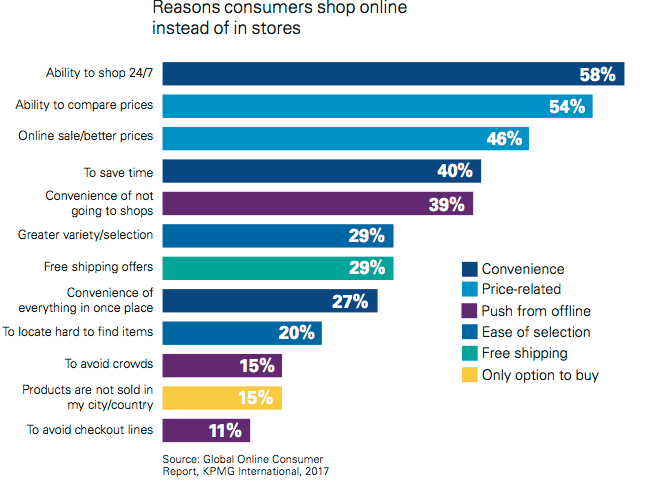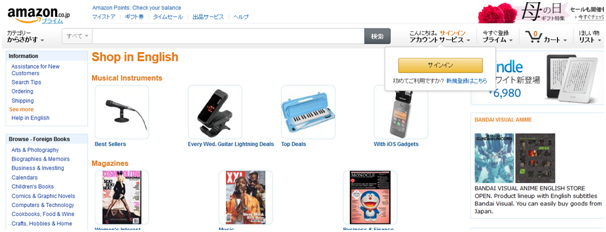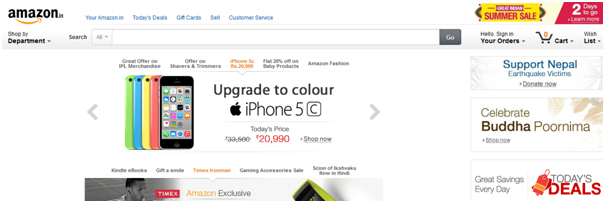Why Localization Matters to You and to Your Consumer?
Localization is a form of personalization, through which you provide your target consumers with more contextual merchandising and content. You simply want to expand globally, get into an unfamiliar foreign market and speak to its audience, increase the ROI for your marketing efforts with targeted promotions that fit their local practices, and we know it’s all about increasing your market share and so your revenue, thus you need to consider that now consumers demand more personalized digital experience-a recent survey showed that consumers are more likely to shop online if the website they’re buying from is in their own language.
“Can’t Read, Won’t Buy”
Common Sense Advisory, a global business and commerce research provider, published a report titled “can’t read, won’t buy”, addressing the fact that your consumer want you to speak directly to him/her, and you need to do so or you will be marked as a non-reliable stakeholder and they will look for another one who would make them feel as a sought after consumer. Furthermore, they proposed a normal question that might be asked by many; “How long will this behavior last?” The proper answer is, “Until the best version of a product is made available in the local language.”
Now, you understand that online shopping is the new favorable trend, and how consumers tend to engage with the personalized content rather than the standardized so, localizing and adapting your presence will promise you a competitive edge, more visibility and the effective lasting impression that you look for.
What to Consider When Go Localizing Your eCommerce Website?
When translating and localizing your website, including your product descriptions, driven content, images and even the proper layout into your target consumers’ language of the new market you want to penetrate, you must be careful and take care of the cultural sensitivity.
Mentioning the MENA market, you need to understand that the Arabian community is conservative and sensitive by nature to certain topics, like religion and gender. Also, you have a rigid barrier between you and your Middle Eastern consumers, ‘Arabic,’ the first and most common used language for more than 420 million people, and one of the most complicated languages; a single word can have various different meanings. A comprehensive Arabic glossary is what you need for a successful e-Commerce localization strategy.
As experts look at e-commerce localization as a profitable investment, it won’t happen just in one night, you need to be patient, prioritize your steps and take the right appropriate decisions. Not only to take care of the language used, but culture’s values and perceptions, currency, prices, proper transfer of dates, holidays, local law and regulations, buying behaviors and payment preferences largely vary from a country to another, you need to do a wide solid market research to understand all of these factors and act accordingly.
These cultural norms can not only affect how customers shop but also can speed up your sales as, for instance, Cyber Monday sales are some of the highest sales through the year in the United States, but it’s not the same for countries that don’t celebrate Christmas.
Amazon has a great localization strategy that we can learn from; Amazon put a lot of consideration on the cultural norms that we have mentioned before, from the design in each targeted market-beholding the fact that 38% of people will leave a website if they find the layout unattractive, according to a recent survey-the currency, pricing strategy, shipping methods and local regulations.
As we can see below in the pictures, the design in the UK’s website differs from the USA’s, Japan’s and India’s, each presents a certain country&culture suitable context, same for the other values and focuses on presenting a diverse range of products according to each market consumers’ preferences.
Amazon Japan’s localized website focuses on electronics and entertainment.
Amazon India’s localized website focuses on mobile phones.







